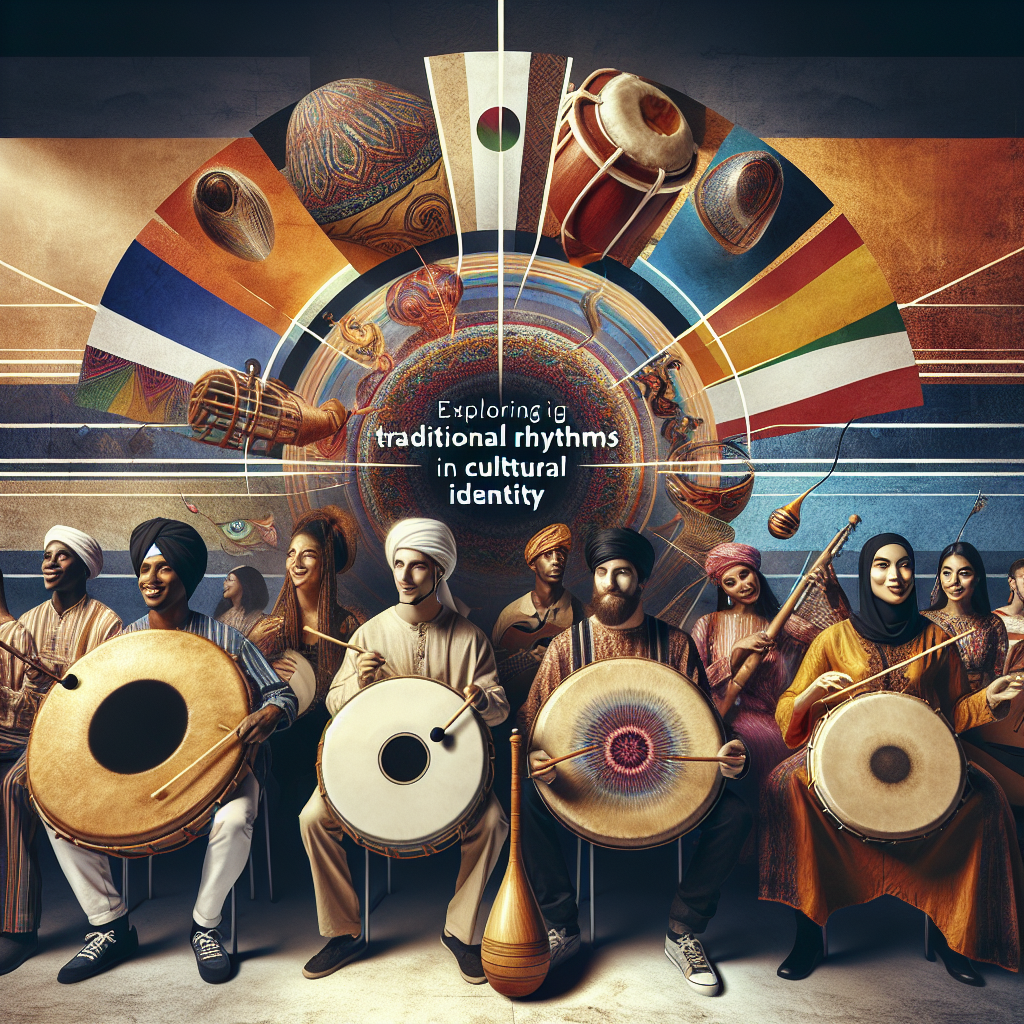Introduction
Rhythm and Blues, commonly abbreviated as R&B, is a genre of popular music that originated in African American communities in the 1940s. R&B music has significantly shaped modern music, influencing genres such as rock and roll, hip-hop, soul, and even jazz. Despite its immense contribution to today’s music culture, many are unfamiliar with the rich history that shaped this genre. As such, this article seeks to dive deep into the history and evolution of these soulful classics.
Birth of Rhythm and Blues
The roots of R&B music trace back to the spirituals, work songs, field hollers, shouts, and chants of African Americans in the Deep South. The genre’s name, Rhythm and Blues, was coined in 1948 by Jerry Wexler, a reporter for Billboard magazine, who sought to replace previously derogatory market classifications. The genre is known for its bluesy guitar melodies, essential rhythmic backbeat, and a focus on the blues’ traditional themes of heartbreak, love, and life’s hardship.
1950s: The Golden Age
The 1950s, often considered the ‘Golden Age’ for R&B, saw the genre become a dominant force in the American music scene. During this time, great importance was placed on song composition, often utilizing song-playing pianist trios, assembled quartet backups, and orchestral strings. Artists like Ruth Brown, Sam Cooke, and Chuck Berry began to emerge, propelling R&B to new heights.
1960s and 1970s: The Evolution
In the subsequent decades, Rhythm and Blues began to pivot from its bluesy roots towards a sound more focused on rhythm. It was during this time that R&B also served as a platform for the emergence of new music styles such as soul and Motown. The Civil Rights movement greatly influenced the content of the lyrics, with several artists using music to protest against social injustices and demand equal rights. Legendary artists like Aretha Franklin, Marvin Gaye, and Otis Redding dominated this era.
1980s to the Present: The Modern Sound
From the 1980s onward, technological advancements significantly influenced R&B’s sound. Artists began using synthesizers and drum machines, giving the genre a more contemporary sound. R&B now marries the old with the new, incorporating elements of funk, disco, and hip-hop while still maintaining its soulful roots. Today, R&B continues to be immensely popular worldwide, with award-winning artists like Alicia Keys, Usher, and Beyoncé helping to keep the genre alive and flourishing.
Conclusion
Rhythm and Blues has charted a rich and varied course throughout the annals of music history. From its roots in African spirituals and work songs to its modern adaptations and influence on contemporary music, R&B has undoubtedly played a major role in shaping music culture. Through its openness to evolution and its unique ability to encapsulate the human experience, Rhythm and Blues continues to remain a powerful and compelling facet of global music.
FAQs
- Who were some of the primary influences on R&B?
Legendary figures such as Ray Charles, James Brown, and Ruth Brown played significant roles in defining the R&B sound. - How has R&B influenced other genres?
R&B has had a major influence on genres such as rock and roll, soul, funk, hip-hop, and even jazz. - How has R&B changed over the years?
R&B has evolved significantly in its sound, primarily through the incorporation of new instruments and technologies, but its roots in African American music tradition remain intact. - What distinguishes R&B from other genres?
R&B is distinguished by its soulful tones, rich rhythmic patterns, and the narrative content of its lyrics which often tackle themes of love, loss, and life. - Why is it called Rhythm and Blues?
The term Rhythm and Blues was coined by Jerry Wexler at Billboard magazine as a musical term in the United States in 1948, to replace the derogatory terms then used to describe music created by African Americans.




